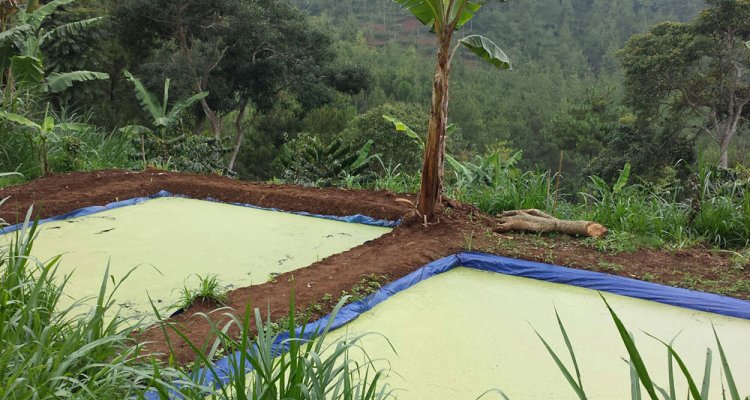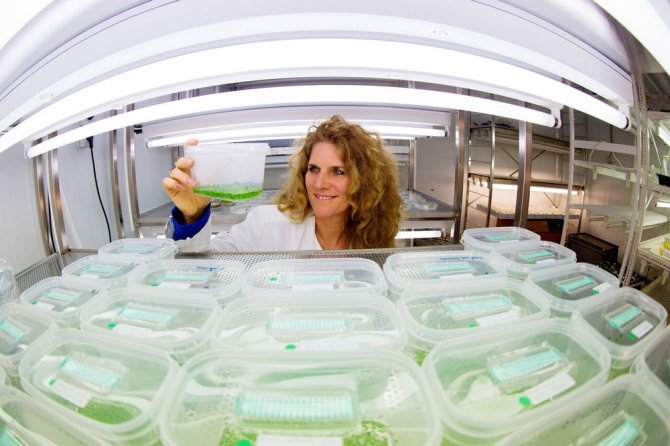
Project
Sustainable farming in Indonesia using bioslurry-grown duckweed as animal feed
The world population is growing and with it even more the demand for meat. In order to produce 1 kg of meat protein, about 3-6 kg of plant protein is needed. An upcoming shortage of enough plant protein sources is foreseen. One solution could be the development of a new aquatic protein crop: Duckweed (Lemna sp.), which is the smallest flowering plant on earth, floating on still water.
It contains high levels of protein, vitamins and minerals, grows exponentially and can produce under optimal conditions 6-10 times more protein per hectare than soybean. It does not require good agricultural land and is easy to harvest. This tiny, fast growing plant can help to feed the world with less land use.
Aims
This project, in which Wageningen University & Research works together with Hivos and several Indonesian universities, aims to close the integrated farming system at smallholder farmers in Indonesia by incorporating the production of Duckweed grown on diluted bioslurry for feed purposes.
This high-protein aquatic plant is introduced at five different locations in Indonesia to a large number of farming households in combination with a biodigester to assess the profitability of duckweed to be used as animal feed
Process of the project
The smallholder farmers collect the manure of their cows or pigs (or even ducks or chicken) and convert it in a biodigester (sponsored and implemented on site by Hivos) into biogas, which they can subsequently use for cooking or heating purposes or for illumination of their property. These biodigesters produce some sort of bioslurry as residual product. This waste product can be used to grow duckweed on.
The farmers make their own ‘duckweed ponds’ with a dimension of 5 by 5 meters and 15 cm deep, covered with agricultural plastic and filled with water. They add the bioslurry and a handful of duckweed. Duckweed fulfils its reputation of super grower and within a few weeks harvesting is possible. They strain the ponds with a reed sieve and subsequently feed their stock with the harvest. It replaces as much as 10 to 20% of the dry feed.

Impact & preliminary results
It saves the farmers substantial forage investments and the bioslurry is ‘recycled’ instead of being allocated as manure surplus.
The farm livestock loves the duckweed. Several farmers reported that their cows produce 1,5 litres of milk more a day! And because of the carotene in duckweed, ducks and chicken lay eggs with more orange-coloured yolk, which are popular with consumers at local markets.
Teamwork
Farmers participating to the pilot are enthusiastic and apparently this enthusiasm catches on rapidly to their farming neighbours. They receive the agricultural plastic donated by Hivos, the whole village helps digging the ponds and a handful of duckweed is easily obtained through a friendly neighbour.
